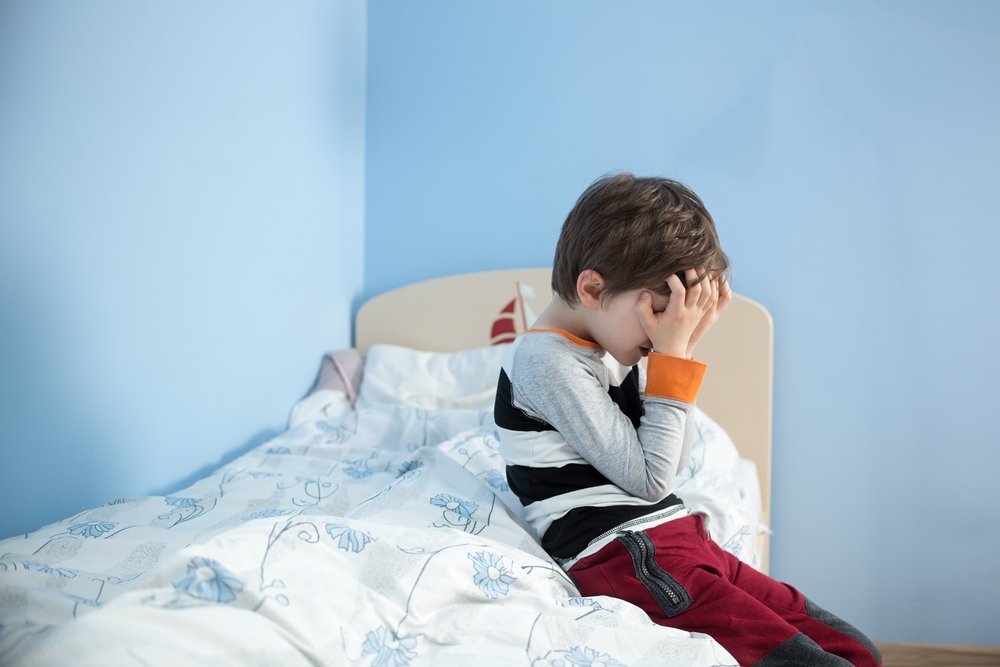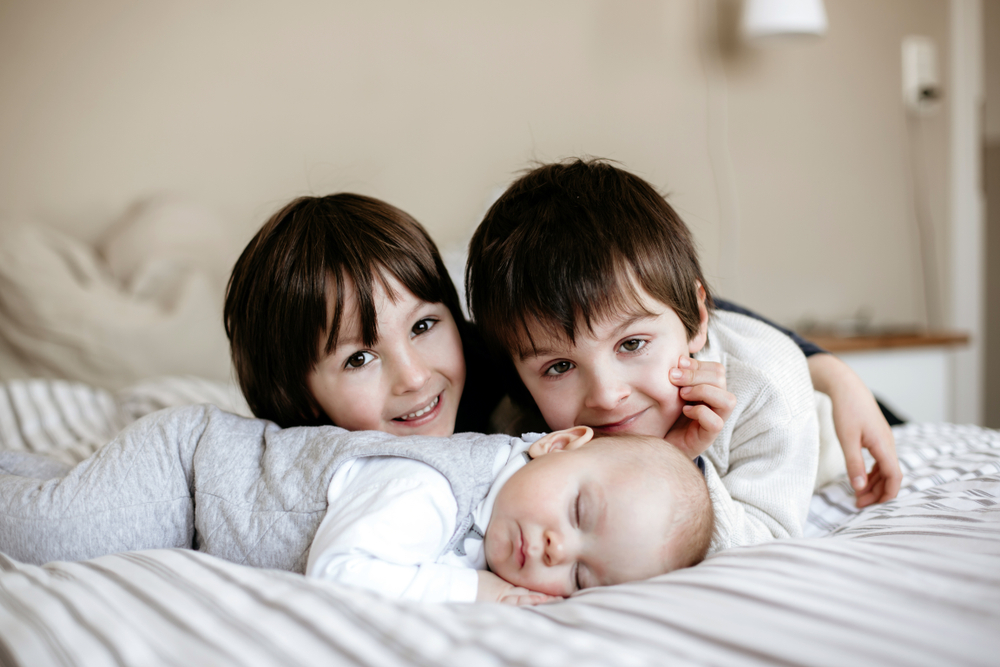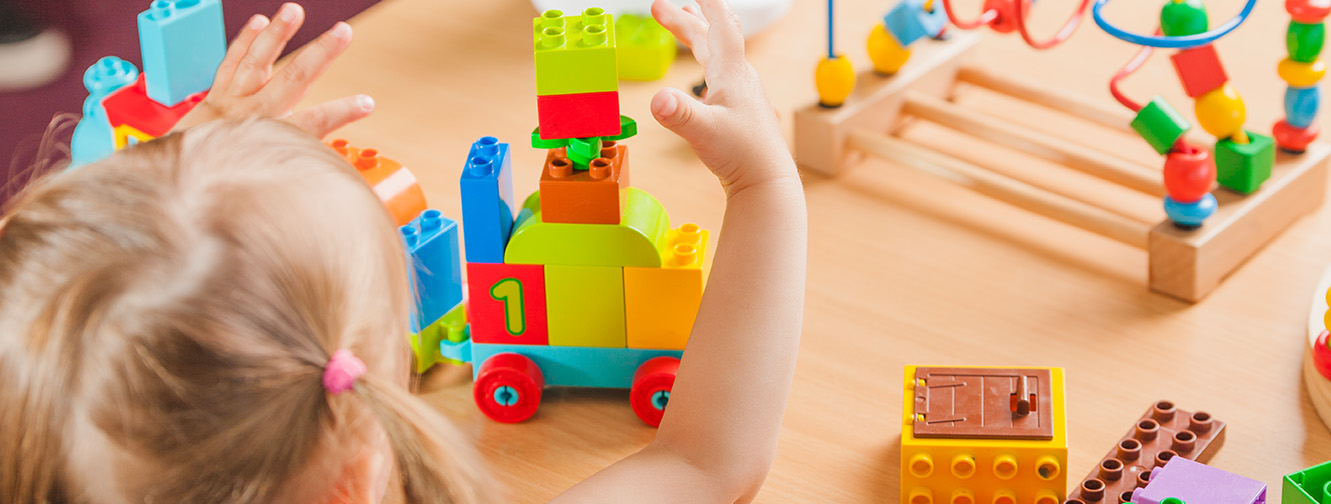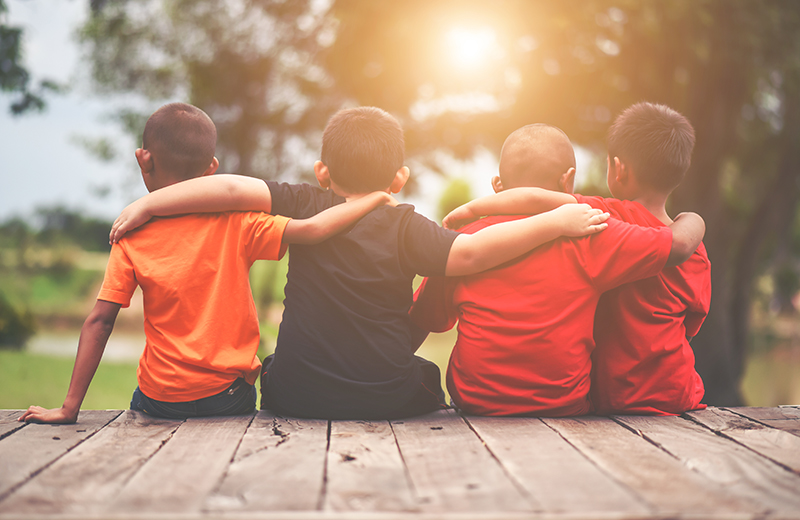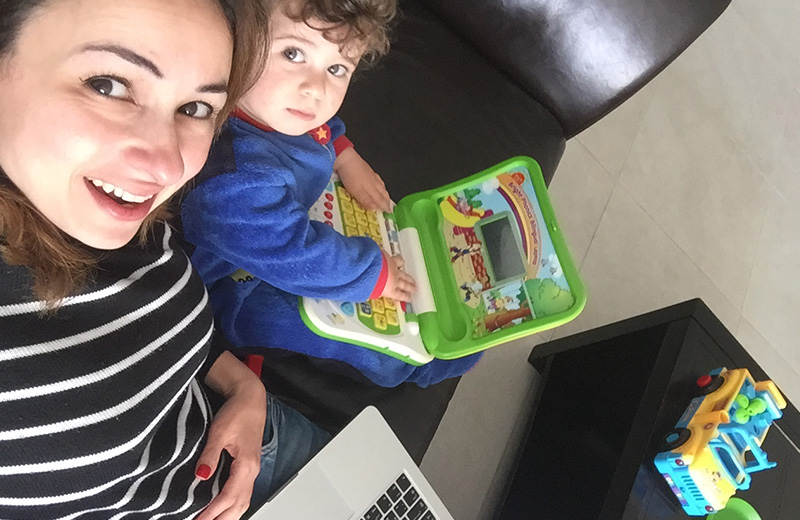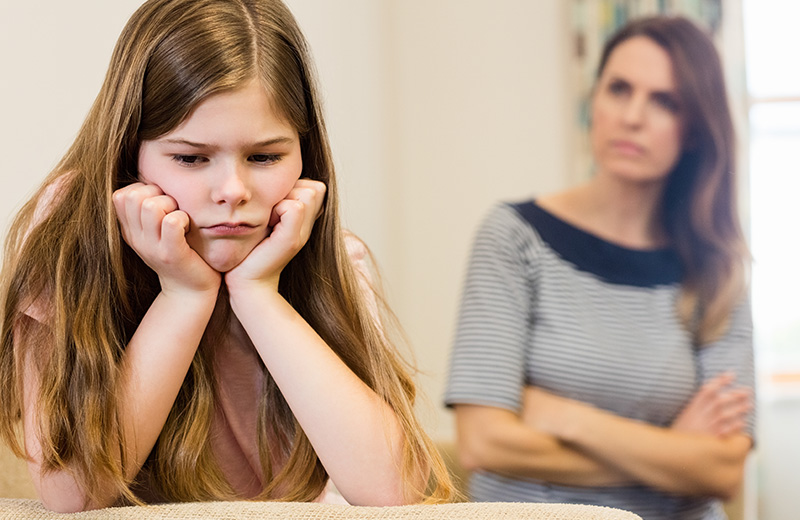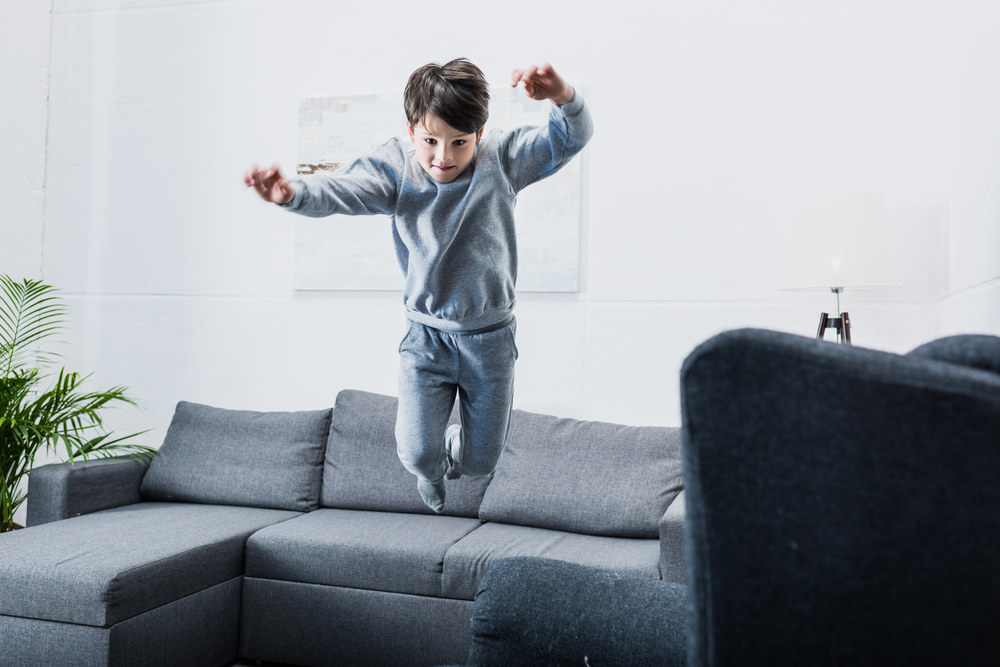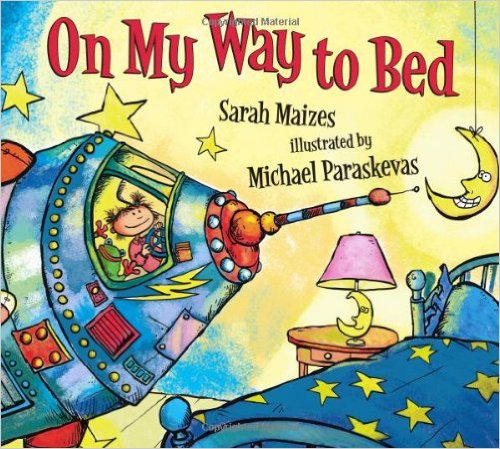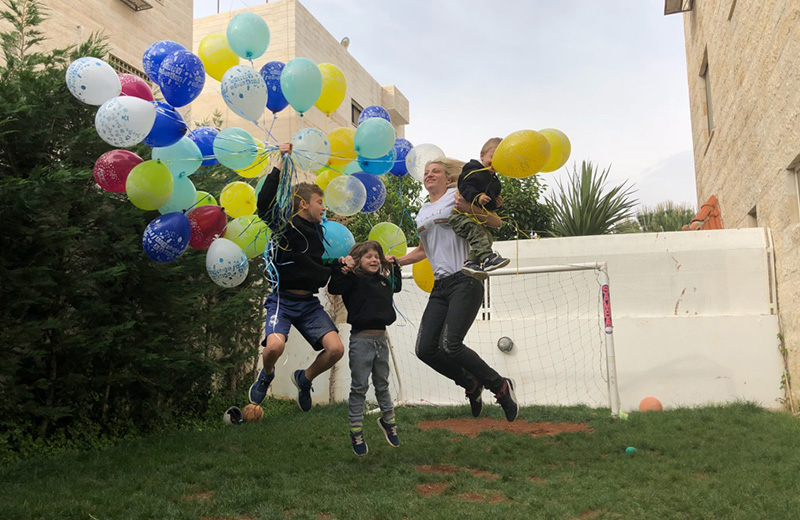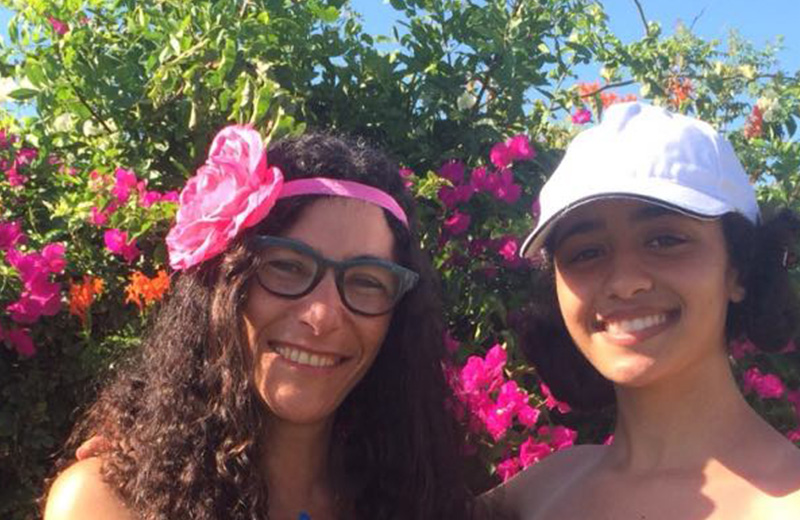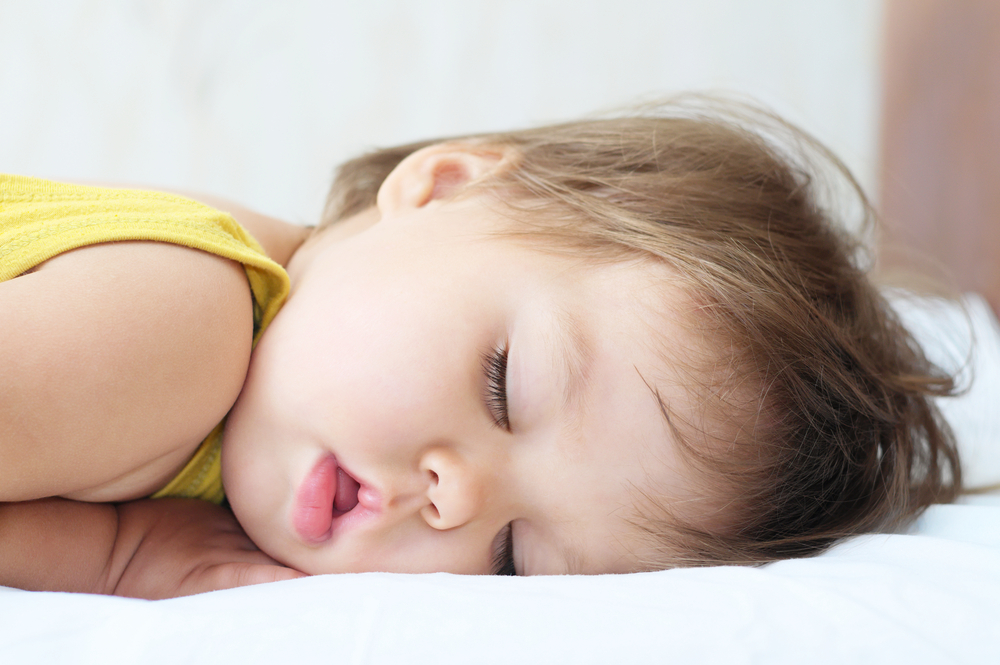Potty Training for Children with Special Needs

After spending so much time and money changing diapers, you may be wondering if potty training is just around the corner. But is your little one ready? While there is no golden rule of when to start potty training your child, bladder and bowl control emerges between the ages of 2-3 years of age. However, it’s not about starting at a specific age; it’s about starting when your child is physically, cognitively and emotionally ready, for example:
- Your child follows simple instructions.
- Understands simple concepts
- Has words for urine and stool
- Communicates the need to go to the potty before it happens
- Pulls both underpants and pants up and down.
If you have checked your little one’s readiness and you know you’re free from time consuming engagements and stressful events and ready to start this journey, then roll your sleeves up and get ready for some dirty work!
How do I start?
First and foremost, you need to establish a toileting routine and make it a new part of their everyday lives. Children with special needs may behave differently than the expected norm when their daily routine is changed. If this happens, alert people who care for your child for such behavioral changes as this will be useful.
It is also crucial that everyone caring for your child starts toilet training at the same time and follows your same method. Send in any equipment to nursery/school which you use at home (e.g. toilet seat, extra clothes and plastic bags), and have clear lines of communication during this time with the nursery/school.
The following guidelines can help you start the potty training journey:
- When changing your child's diapers, do it in the bathroom so he can start relating toileting activities to the bathroom.
- Observe your child over a few days to see when she/he does a wee or a poo. Identifying a regular pattern can help you take your child to the toilet with an increased likelihood of them doing a wee or poo. This then leads to positive reinforcement, which you can decide on how to praise for successfully following the toileting routine (e.g. social praise such as ‘well done', or a tickle, or a tangible reinforcer such as sticker or small pieces of candy).
- Continue to take your child at set times based on your observations. Place him on the potty chair whenever he signals the need to go to the bathroom. Your child's facial expression may change when he feels the need to urinate or have a bowel movement. In addition to watching for signals that your child shows, place him on the potty at regular intervals. This may be as often as every half an hour or 45 minutes.
- If they wet themselves at another time, take them to the toilet as quickly as possible and try to get them there so some of the wee goes into the toilet. Ignore the wetting and positively reinforce that the wee has gone into the toilet and continue the rest of the toileting routine.
- Stay with your child when he is on the potty chair. Reading or talking when he is sitting on the potty may help him relax enough to have bladder and bowel movement. Keep certain toys/books for just when they are sitting on the toilet.
- Use a visual sequence beside the toilet to help your child understand what is expected of them, for example:
trousers down — pants down — sit on the toilet — wee/poo in the toilet — wipe (you may need to show how many squares of paper to take) — pants up — trousers up — flush toilet — wash hands.
The sequence can either be in the form of photographs, pictures or written word - whatever is most suitable and motivating for your child.
You may need to create a way of removing or covering over each symbol as the step is completed to show that it is finished and to move on to the next step.
Make sure any pictures or instructions are very clear so there is no misunderstanding. For example, if you are teaching your son to stand and wee in the toilet, show an outline drawing of him standing and weeing in the toilet, if you are teaching sitting, show a picture of him sitting and weeing in the toilet.
How long will it take to toilet train my child?
Every child is different. It may take as long as 3 to 6 months for your child to be toilet trained during daytime. It may take longer to teach your child to use the toilet during nighttime when his or her bladder control is reduced. It is important for you to be patient and supportive. If after a few months, your child is still resisting or having difficulties with toilet training, talk to your family doctor. The most likely reason your child has not learned to use the potty is that your child is not yet ready for toilet training.
Sensory Tips When Toilet Training
Typically developing children have efficient ways to detect the various sensory stimuli around them, interpret, and consequently respond to it. Children with special needs, on the other hand, may register and react to information received through their senses in a different way, thus interact with their surrounding environment inappropriately. For example, they may get easily irritated by certain smells, get distracted by the sound of a ticking clock, and throw a tantrum if their clothes get wet. Respecting your child’s sensory needs and taking them into account when potty training, will make this journey easier on him and will put you on the highway to success!
- Your child may be extra sensitive to the sense of touch (hypersensitive) and therefore be the happiest to ditch the diaper, as he hates the sensation of having a wet one to begin with. Choosing cotton underwear and taking your child to the bathroom at consistent intervals of time will be helpful to minimize the number of wet accidents that he may not react well to.
- Some children respond less to the sense of touch (hyposensitive) and may not feel when their diaper is full. Keep a log of how often your child’s diaper gets wet, and again, take him to the potty before he wets himself at consistent intervals of time
- Make sure the bathroom smells pleasant and fresh, as your child’s reaction may be aversive to a bad smell that you can tolerate.
- Allow your child to read from a ‘touch-and-read’ book while sitting on the toilet seat to keep his sense of touch functionally occupied.
- The bathroom may be too bright for your little one’s sensitive eyes; dim the lights or use a small lamp.
- The flushing sound may be too loud for some kids. Start by flushing the toilet yourself, with your child out of the bathroom, and gradually bring him closer into the bathroom once he gets used to its sound.
- Sounds in the bathroom can have a high echo, which may annoy some children who react negatively to high sounds. Especially when in the bathroom, talk with your child in a low tone, and put in some soft music.
- Decrease the clutter in the bathroom that can visually provoke your child or cause him distress.
- Some children have decreased body awareness and may not feel thirsty; schedule frequent times (every 2-3 hours) when your child drinks liquids which will increase the success rate of your toilet training.
- Using foot rests and toilet seat inserts will lessen the discomfort your little one has from sitting on the high toilet seat.
Creating a sensory-friendly bathroom is a key when toilet training. These small and easy to apply tips will make a huge difference and will ensure a positive potty training experience for your child.







